One of the key elements of a beautiful aquascape is the use of stones or rocks. They not only provide a natural look to your aquarium but also offer hiding places for your fish and beneficial microorganisms. Here’s a guide to some of the different types of stones that can be used for aquascaping and aquariums.
This is part 1 of the Guide to Aquarium Stones & Rocks series. Read part 2 here:
Seiryu Stone
Seiryu Stone, a beautiful Japanese stone, is a popular choice for aquarium aquascaping. It has a dark gray coloration with a bluish hue and white vein-like markings that run through it. Named for the Azure Dragon, a mythical constellation of a dragon with vibrant blue scales, Seiryu Stones have become very popular in the aquascaping hobby.
Pros of using Seiryu Stone:
- Provides a natural look to your aquarium.
- Composed of limestone, it helps raise the pH of your water, and keep it at a consistent level.
- It is very dense, often used to create natural looking caves and hiding places for your fish.
- Naturally porous allowing for the growth of beneficial microorganisms.
Cons of Using Seiryu Stone:
- Due to its density, it needs to be secured so that it does not shift when in the aquarium.
- It is hard to get ahold of, and if you can find Seiryu Stone for sale, it is very pricey.

Use for Various scenes, Aquarium,micro-landscaping, garden landscaping,bonsai tree displays DIY.
Dragon Stone (Ohko Stone)
Dragon Stone, also known as Ohko Stone, is another type of stone commonly used in aquascaping. It is characterized by its unique texture and form which resembles dragon scales, hence the name. It is lightweight and has numerous holes and crevices, making it a great choice for creating caves and hiding spots for fish.
Pros of using Dragon Stone:
- Dragon Stone is very beautiful and aesthetically pleasing, thanks to its unique structure and colors.
- Dragon Stone is an inert rock by nature and will not come off or disintegrate in the aquarium unless kept in high pressure environments. Unlike corals or limestone, it has a neutral pH and does not affect the concentration of hydrogen ions in the water.
- As long as you clean and anchor the Dragon Stone properly, it’s completely safe to keep it inside the aquarium.
Cons of using Dragon Stone:
- Dragon Stone is quite fragile due to its porous composition. Therefore, you must be careful when cleaning it, without hitting it or dropping it.
- Dragon Stone can accumulate a lot of dirt. The Dragon Stone will not affect the pH of the water on its own, but residue trapped inside it can create problems. Thus, it requires frequent cleaning.
- When bought new, the holes in the Dragon Stone might be filled with clay. Several good rinses and a deep clean will be needed to prevent clouding up your aquarium.

Distinctive features is its natural honeycomb-like holes and rich textures.
Lava Rock
Lava Rock is a type of igneous rock that is formed from cooled lava. It is lightweight and porous, making it a great choice for biological filtration as it provides plenty of surface area for beneficial bacteria to colonize. Its rough texture and dark color provide a great contrast to the green of aquatic plants.
Pros of using Lava Rock:
- Lava rocks are highly advantageous for fish tanks because they allow heaps of useful bacteria to grow on their surface.
- Many aquarists keep lava rocks in their filters because they react with the toxic chemicals released from fish waste.
- Lava rocks can be used for building caves, as plants’ substrate, and for mechanical filtration.
Cons of using Lava Rock:
- The sharp edgy lava rocks could scratch the bodies of fish.
- The tiny pores of lava rocks can clog up with fish poop & other detritus. If lava rocks are clogged, they need maintenance.
- Newly bought lava rocks need cleaning and disinfection, which can take time.

Black lava is of volcanic origin and is rich in minerals and trace elements. It has a very dark color, a rough surface and a porous texture.
River Rock
River Rock is a type of rock that has been smoothed and rounded by the action of moving water. It comes in a variety of sizes and colors, making it a versatile choice for aquascaping. It is inert, meaning it won’t affect your water chemistry, making it a safe choice for most aquariums.
Pros of using River Rock:
- River Rocks come in a variety of shapes, colors, and sizes.
- They provide a natural look to your aquarium.
- Due to the availability of this rock-forming in water all around the world, it is relatively inexpensive to acquire.
Cons of using River Rock:
- River rocks can be heavy, which may make them difficult to rearrange or clean within the aquarium. Additionally, their weight could pose a risk of damage to the glass if not properly supported.
- River stones typically have smooth surfaces and lack anchoring points for aquatic plants. This can make it challenging to create stable plant arrangements, especially for delicate or root-dependent species.
- River stones are generally uniform in size and shape, making it challenging to create visually appealing depth and dimension in the aquascape.

Hand Picked: Every stone is picked out from the river, naturally formed, without polishing, and after being washed away by the river, the surface of the stone is very smooth.
Petrified Wood
Petrified Wood is a type of fossil where all the organic materials have been replaced with minerals. It has a unique, rustic appearance that can add a touch of ancient beauty to your aquascape. However, it can be quite heavy and may require a sturdy aquarium base.
Pros of using Petrified Wood:
- Petrified wood is solid and stable, providing a sturdy foundation for aquascaping layouts. It can be securely positioned within the aquarium without risk of displacement or collapse, even in high-flow environments.
- The cavities and crevices present in petrified wood offer shelter and hiding places for fish, shrimp, and other aquatic inhabitants, helping to reduce stress and promote natural behavior.
- Petrified wood can serve as a substrate for attaching epiphytic plants like mosses, ferns, and anubias, enhancing the overall aesthetic appeal of the aquascape while providing additional habitat and grazing areas for aquatic fauna.
Cons of using Petrified Wood:
- Petrified wood is a natural material that may not be readily available in all areas.
- Petrified wood is extremely hard and may be difficult to manipulate or shape for specific aquascape designs. Tools designed for working with stone or glass may be necessary to cut or modify petrified wood pieces to fit desired layouts.
- While petrified wood offers a distinctive and attractive appearance, its color and texture may be relatively uniform compared to other types of hardscape materials. This could limit the variety and contrast in the aquascape design, depending on personal preferences and aesthetic goals.

Perfect for reef structures, these all-natural materials are available in a variety of aquascape sizes.
Hakkai Stone
Hakkai Stone, also known as Eight Seas Stone, is a type of stone that is known for its beautiful craggy texture. It is often used in Iwagumi style aquascapes and can add a dramatic touch to your aquarium.
Pros of using Hakkai Stone:
- The porous structure of Hakkai Stone provides ample surface area for beneficial bacteria to colonize, contributing to biological filtration and helping to maintain water quality by breaking down ammonia and nitrite into less harmful compounds.
- The irregular shapes and cavities in Hakkai Stone provide shelter and hiding places for fish, shrimp, and other aquatic inhabitants, reducing stress and promoting natural behavior.
- Hakkai Stone’s rough texture not only adds visual interest but also provides a natural and tactile element to the aquascape. Aquarists and aquatic inhabitants alike may appreciate the variety in texture for exploration and interaction.
Cons of using Hakkai Stone:
- Hakkai Stone may release fine particles and sediment into the water when first introduced to the aquarium, leading to temporary cloudiness. This can be mitigated by thoroughly rinsing the stone before use and using a fine filter to remove suspended particles.
- Some Hakkai Stones may contain minerals that can alter the pH of the water, especially in soft or acidic aquarium setups.
- Hakkai Stone may not be widely available in all areas and may be more expensive than other types of hardscape materials due to its unique appearance and popularity among aquascapers.

The shape of Pahai stone is from years of natural erosion, making its availability quite rare compared to other aquascaping stones.
This is part 1 of the Guide to Aquarium Stones & Rocks series. Read part 1 here:
In conclusion, the choice of stone for your aquarium depends largely on the species of fish and plants that you are housing in your aquarium. Each type of stone has its own unique characteristics and can contribute to the overall aesthetic of your aquascape. Happy aquascaping!
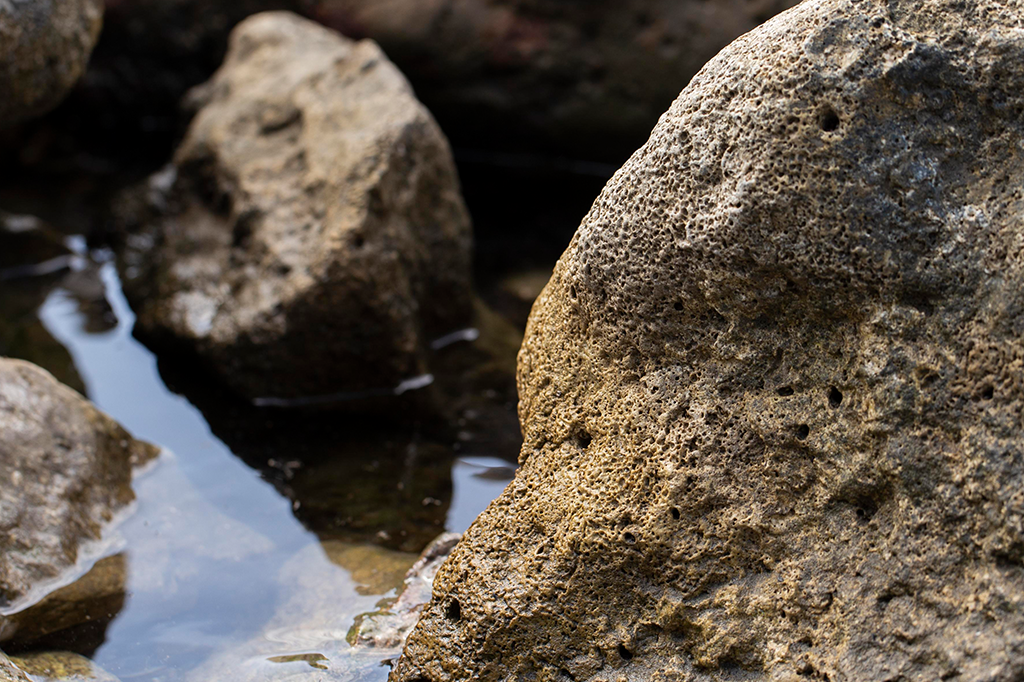
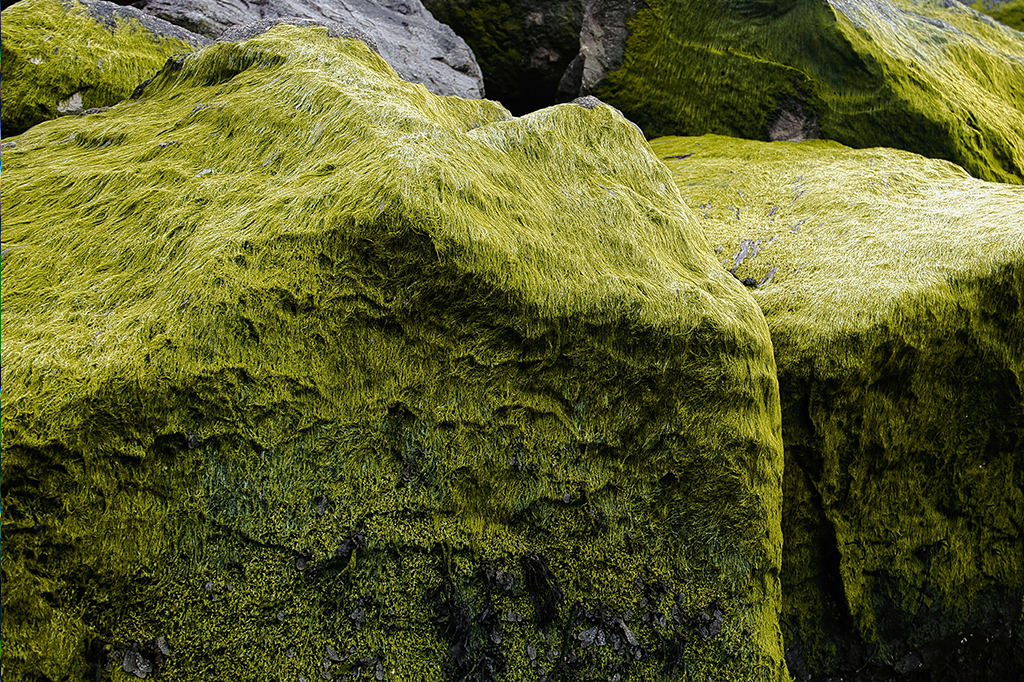

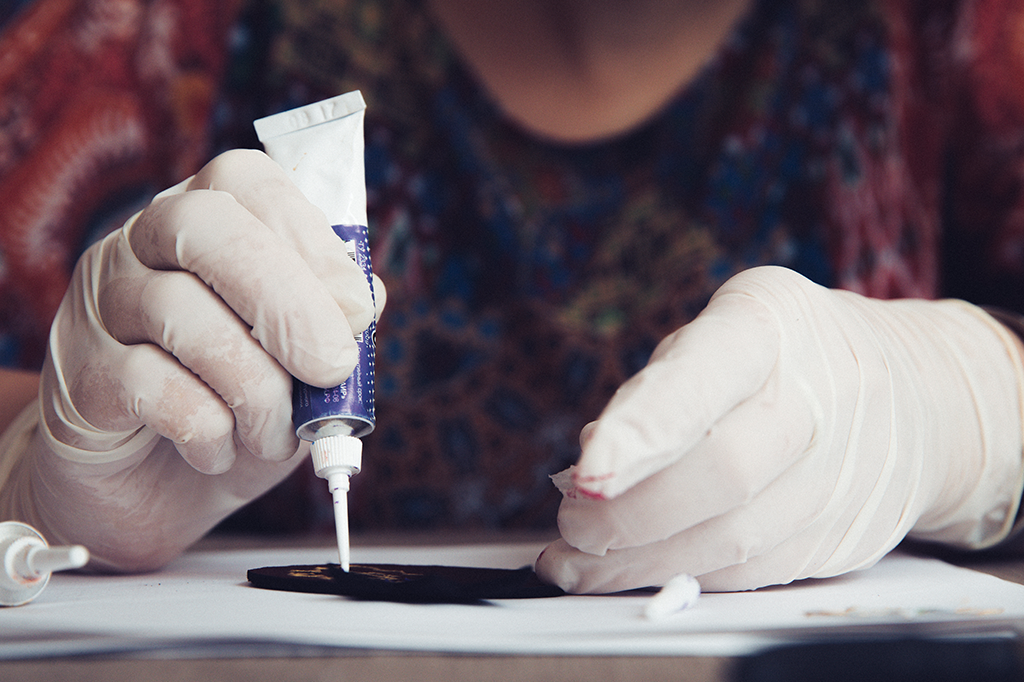
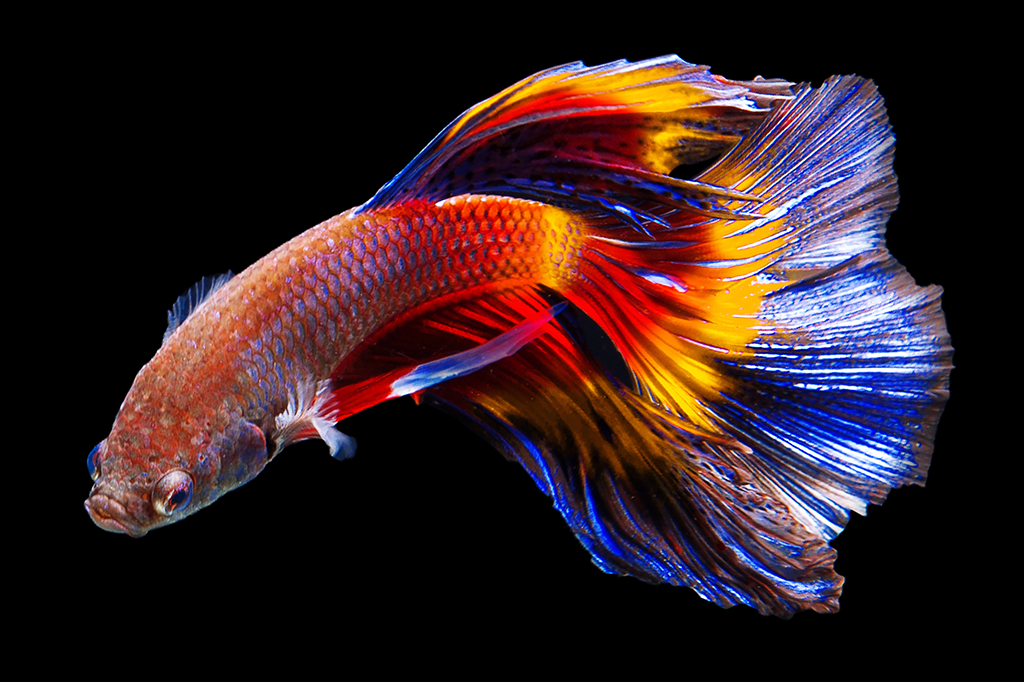
Leave a Reply